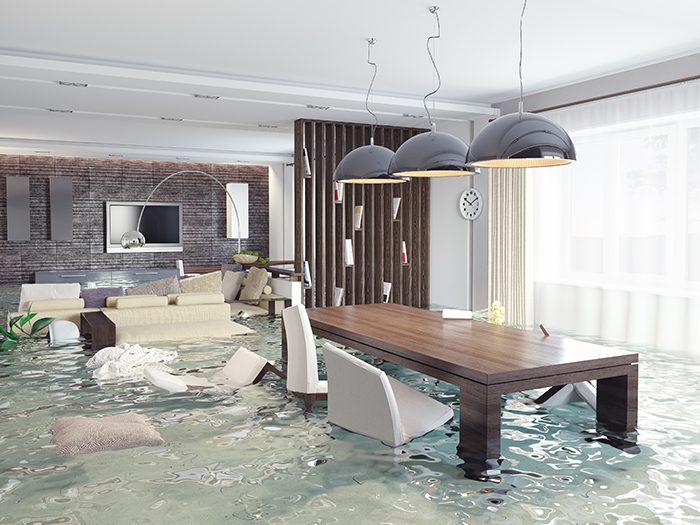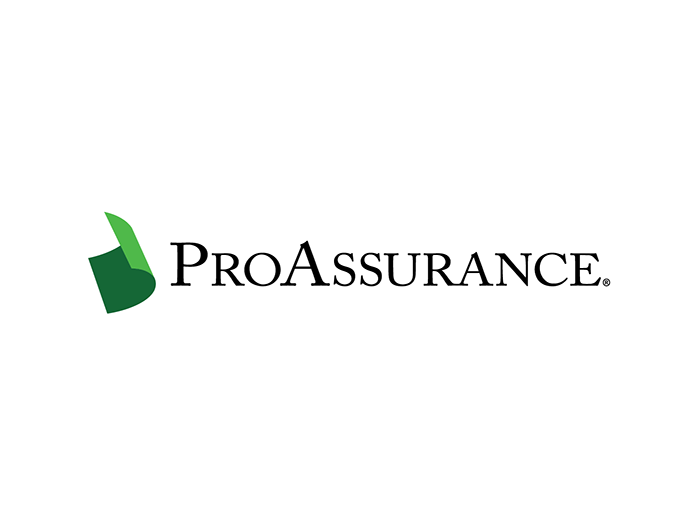High Net Worth
7 Ways to Prevent High Net Worth Flood and Fire Losses

Based on conversations with executives for PURE, Baldwin Krystyn Sherman Partners, AIG’s Private Client Group, Vault, Collector Systems, LLC, and Bruce Gendelman Insurance Services, here are 7 sensible tips brokers can share for preventing fire and flood losses on high net worth properties. Increasingly, high net worth homes are being built in remote areas prone to wildfires, storms and flooding.
1) Have a plan
Or maybe more than one, depending on whether the homeowner will be present or if staff or contractors will be responsible. A risk assessment will help determine what needs to be done to
prepare the property for whatever disaster maybe approaching, and how long such preparation might take. Removing possible projectiles or flammable materials can take longer than you expect.
2) Get a backup generator and be sure it works
Backup generators are recommended, and it is important to have a service contract and to test it regularly. Make sure there is adequate fuel, and secure access to more in case of a disaster. Also, know what will be powered by it, and make sure sump pump, if you have one, is on that list – the times you need a sump pump the most are often the same times you lose power.
3) Develop relationships ahead of time
Clients caught in a disaster are going to need help, but so are lots of other people. Establishing a relationship with the contractors, roofers, or other vendors you might need to recover can move them up the priority list after a storm when they’re getting inundated by calls from people they don’t know. Many of those vendors can help disaster proof your home, anyway.
4) Prepare your home for responders
If your property is gated, you need to have a way for police and fire departments to access your home in an emergency, such as a Knox box.
Ensure that your street number is visible, so emergency services and responders can easily identify your location.
5) Unplug all electronics
Lightning strikes can fry sensitive electronics, but so can power surges when the power is turned back on, which was a major issue after Irma.
6) Be ready to move artwork and collectibles
If you have valuable artwork or collectibles, be sure you have custom crates or other means to safely transport them in the case of an evacuation, and know in advance what your plan is to protect them.
7) Don’t rely on the NFIP
The National Flood Insurance Program is in a state of flux, but for the high net worth, it was never intended to cover all losses.
And when you share these tips with clients, don’t make it too scary. Yes, you want them to take threats seriously, but you don’t want them to become so overwhelmed that they close their minds and don’t even hear you. When discussing risks, include the solutions! &
And for more ways to protect your high net worth home from growing risks, Here’s How to Build a Disaster Resiliency Plan You Can Be Proud Of











